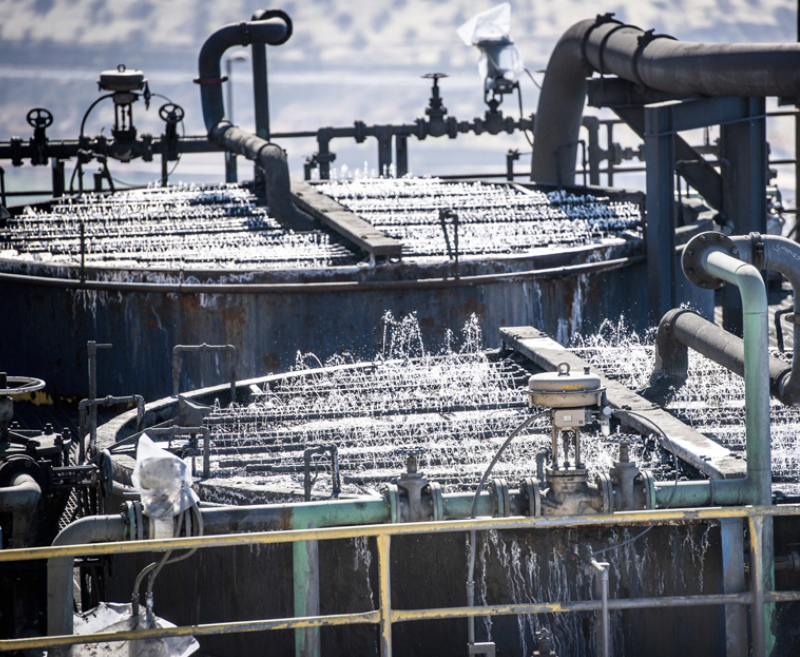Part of its FutureSmart Mining™ approach to innovation and sustainability, coarse particle flotation (CPF) technology Anglo American says allows it to coarsen grind size while maintaining recoveries – thereby reducing the energy required to grind ore, as well as reducing water intensity by more than 20%. Where CPF is combined with dry-disposal technology, the company is targeting a reduction in water intensity of more than 50%. CPF is currently being tested at several of Anglo’s mining sites around the world. A 500 t/h unit, the biggest of its kind, is currently under construction at El Soldado copper mine in Chile and is due to come online in the second half of 2019. The coarse particle flotation process is already being used at Las Tórtolas, part of the Los Bronces copper mine, also in Chile.
CPF is part of a wider Anglo strategy called Coarse Particle Recovery (CPR), designed to follow advanced fragmentation and gangue rejection technologies. It combines CPF and dry stacking technologies. “Essentially, it allows us to float particles at sizes two to three times larger than normal. This has two main benefits. Firstly we use less energy and can therefore increase our production rates; and secondly, we are able to easily extract water from the process leaving a waste stream that is dry and stackable.”
The upper size limit of coarse particle flotation has been a long-standing challenge in the industry, as the value of metal and minerals lost to tailings is often in particles too coarse to float (coarse particles are generally larger than 250 microns or 0.25mm, where, for example, 4% of Cu recovery can be lost). “But regardless of how coarse one is able to process particles there has been, and always will be, a portion of ultra-fine particles that require processing. We have partnered with major chemical companies and are experimenting with new techniques to recover this previously unrecoverable metal.”











